Some predicted interior design trends for 2023 include:
Biophilic design: Incorporating natural elements such as plants, natural light, and natural materials into spaces to create a connection with the outdoors.
Sustainable and eco-friendly materials: Using materials that are renewable, recycled, or sustainably sourced.
Textured and layered spaces: Creating depth and interest through the use of textured fabrics and layering of different materials.
Bold and bright colors: Using bright and bold pops of color to create energy and a sense of fun in a space.
Smart home technology integration: Incorporating technology such as smart lighting and smart thermostats into the design of a space.
A move away from minimalism and towards maximalism: Using more decor items, patterns, and textures to create more personality in a space.
Keep in mind that these are just predictions and that the interior design trends keep changing and adapting, so it’s important to keep an eye on the latest design trends and to mix and match the styles that you like to make it your own.

Biophilic design
Biophilic design is an interior design approach that incorporates elements of nature into the built environment. The goal of biophilic design is to create spaces that promote well-being and improve human health by connecting people with nature. This can be achieved through the use of natural materials, natural light, plants, and other elements of nature.
Examples of biophilic design elements include:
Incorporating natural light through skylights and large windows
Using natural materials such as wood, stone, and bamboo in the design of a space
Incorporating plants and greenery into the design of a space
Using natural textures and patterns in the design of a space
Creating outdoor spaces such as balconies, terraces, and green roofs that connect people with nature
Biophilic design is a growing trend in interior design because it has been shown to have numerous benefits for human health and well-being. These benefits include improved mood, reduced stress, improved cognitive function, and improved overall well-being.
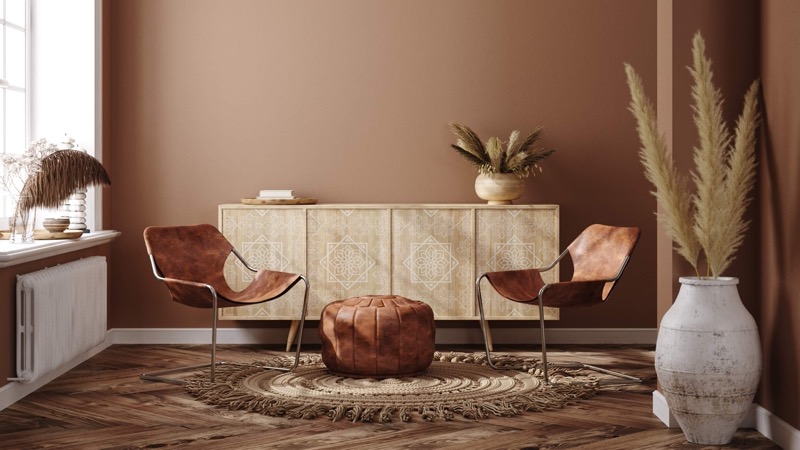
Sustainable and eco-friendly materials for interior design
Sustainable and eco-friendly materials are an important aspect of interior design as they reduce the environmental impact of the built environment. These materials are often made from renewable or recycled resources and are produced in an environmentally responsible manner. Some examples of sustainable and eco-friendly materials for interior design include:
Bamboo: Bamboo is a fast-growing, renewable resource that can be used for flooring, cabinetry, and other millwork.
Cork: Cork is a sustainable and durable material that is often used for flooring, wall coverings, and underlayment.
Linoleum: Made from natural materials such as linseed oil, cork flour, and wood flour, linoleum is a sustainable and durable flooring option.
Recycled glass: Recycled glass can be used to create tile, countertops, and other surfacing materials.
Recycled plastic: Recycled plastic can be used to create flooring, decking, and other building materials.
Recycled metal: Recycled metal can be used to create lighting fixtures, hardware, and other decorative elements.
Recycled wood : Recycled wood is a sustainable alternative to virgin wood, it can be used for flooring, cabinetry, and millwork.
Low VOC paint and finishes : Low VOC (volatile organic compounds) paint and finishes are eco-friendly and less harmful to indoor air quality.
Using sustainable and eco-friendly materials in interior design can help reduce the environmental impact of the built environment while also promoting health and well-being. These materials are often more durable and longer-lasting than conventional materials, which can save money in the long term.
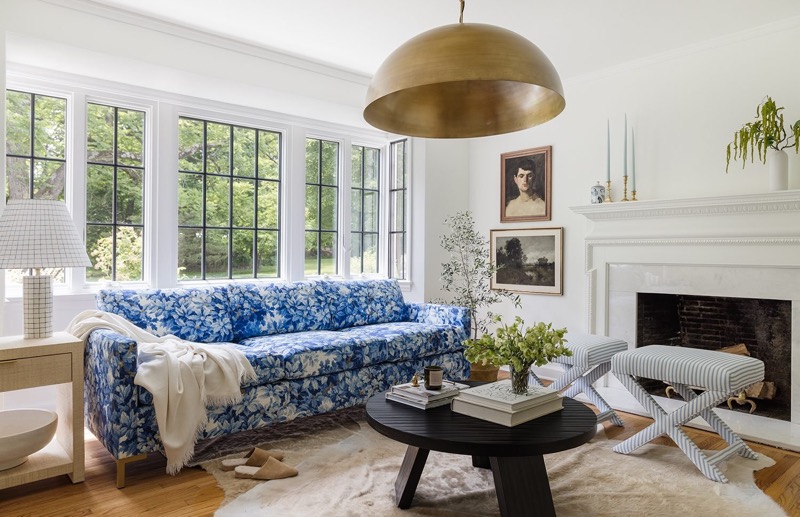
Bold and bright colors for interior design
Bold and bright colors are a popular trend in interior design, as they can add energy and a sense of fun to a space. Using bright and bold colors can create a focal point in a room and can also be used to define different areas or zones within a space. Some examples of how bold and bright colors can be used in interior design include:
Accent walls: Creating an accent wall with a bold and bright color can add visual interest to a room and create a focal point.
Statement pieces: Adding a statement piece of furniture or decor in a bold and bright color can add energy to a room and can be used to define different areas or zones within a space.
Color blocking: Using different bold and bright colors in different areas of a room can create visual interest and can also be used to define different zones or areas within a space.
Monochromatic color scheme: Using different shades of the same color can create a cohesive look and also make a statement.
When using bold and bright colors in interior design, it’s important to consider the overall aesthetic of the space and to balance the use of color with other design elements such as lighting, textures, and patterns. It’s also important to keep in mind the lighting in the room and how the color will change in different lighting conditions.
In addition, it’s important to keep in mind the psychological impact of color, each color can evoke different emotions and feelings, so it’s important to choose colors that align with the intended mood and atmosphere of the space.
Smart home technology integration
Smart home technology integration is an emerging trend in interior design that allows homeowners to control various aspects of their home using a smartphone or other device. This technology can be integrated into the design of a space to create a more convenient, efficient, and comfortable living environment. Some examples of how smart home technology can be integrated into interior design include:
Smart lighting: Smart lighting systems allow homeowners to control the lighting in their home remotely, and can also be programmed to turn on and off at specific times or in response to certain conditions.
Smart thermostats: Smart thermostats can be controlled remotely and can also learn homeowners’ preferences over time to automatically adjust the temperature in the home.
Smart appliances: Smart appliances such as refrigerators, ovens, and washing machines can be controlled remotely and can also be programmed to perform specific tasks at specific times.
Smart security systems: Smart security systems can be controlled remotely and can also be integrated with other smart devices in the home to create a more comprehensive security system.
Smart home automation: Home automation systems allow homeowners to control various systems in their home such as lighting, temperature, and security, all with the touch of a button on a smartphone or other device.
Smart home technology integration is becoming more popular in interior design as it allows homeowners to create a more convenient, efficient, and comfortable living environment. With the integration of smart home technology, homeowners can save energy, improve the comfort of their home, and increase the security of their home all while enjoying the convenience of controlling the technology from their smartphone or other device.
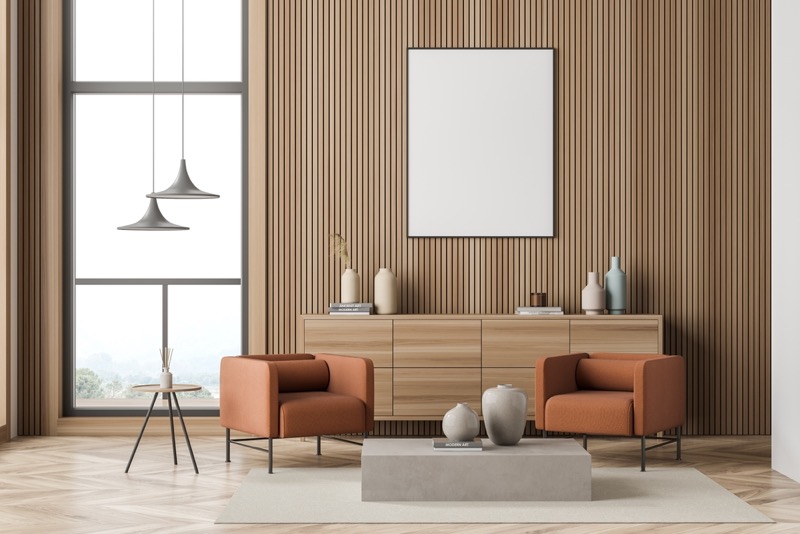
A move away from minimalism and towards maximalism
A move away from minimalism and towards maximalism is a trend in interior design that can be seen in the use of more decor items, patterns, and textures to create spaces with more personality. Minimalism is characterized by a simple, uncluttered look with a focus on functionality and a limited use of decor. Maximalism, on the other hand, is characterized by the use of more colors, patterns, and textures, and the layering of different elements to create a space that is rich in visual interest.
Some examples of how maximalism is being used in interior design include:
Mixing and layering of different patterns and textures to create visual interest
Incorporating more decor items such as art, sculptures, and collectibles to create a space with more personality
Using bold and bright colors to create energy and a sense of fun in a space
Incorporating vintage or antique items to create a sense of history and character
Using more ornate and detailed elements such as moldings, carvings, and embellishments to create a space with more personality
Maximalism is a trend in interior design because it allows homeowners to create spaces that reflect their personal style and tastes. It’s also a way to make a statement and make a space stand out. However, it’s important to keep in mind that the key to successful maximalism is balance, it’s important to find the right balance between too much and too little, and to make sure that the space remains functional and easy to navigate.
 0
0 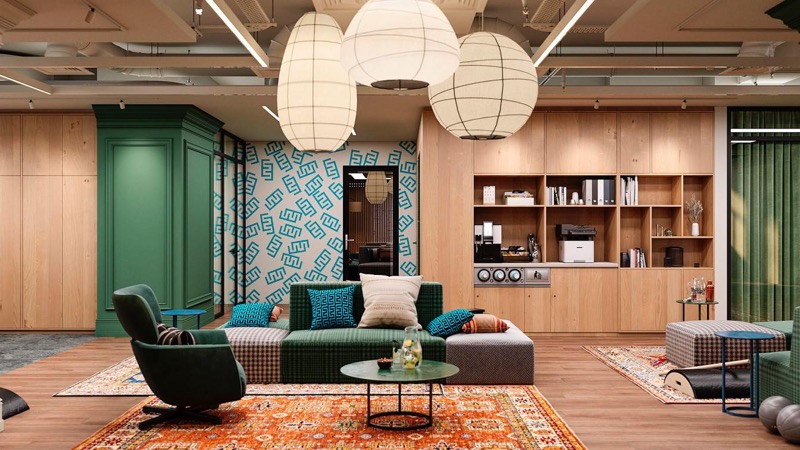

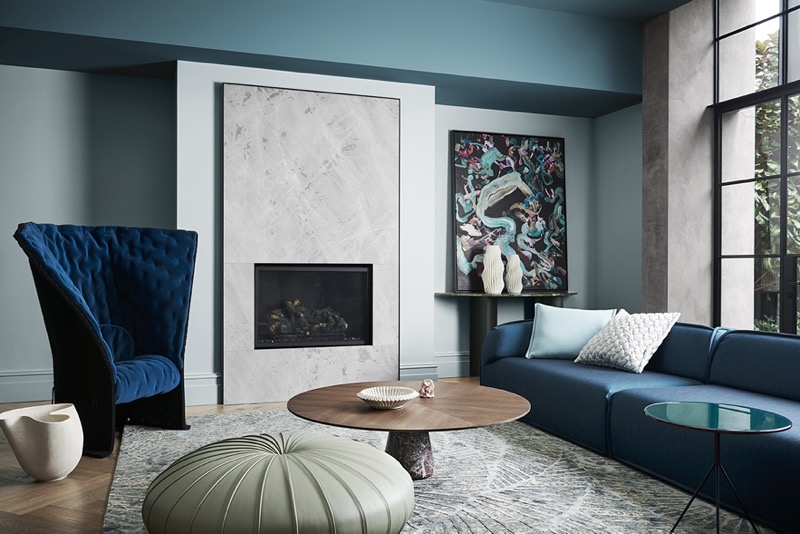

Magenta – a bold and vibrant color for interior 2023
Magenta is a bold and vibrant color that can be used in interior design to add energy and a sense of fun to a space. The color magenta is a mix of red and blue, it is often associated with creativity, passion and energy. Magenta is a popular color in fashion and design, as it can add a pop of color to a room without being too overwhelming.
Magenta can be used in various ways in interior design, such as:
- As an accent color: Magenta can be used as an accent color on walls, furniture, or decor to add a pop of color to a room.
- As part of a monochromatic color scheme: Magenta can be paired with different shades of pink and purple to create a cohesive and bold look.
- As part of a complementary color scheme: Magenta can be paired with greens and yellows to create a bold and dynamic color scheme.
- As part of a pattern or print: Magenta can be used as part of a pattern or print on fabrics, wallpaper or rugs to add visual interest to a space.
- It’s important to keep in mind that magenta is a vibrant and bold color, so it’s important to balance it with other colors and materials to create a harmonious look. And also keep in mind the intended mood and atmosphere of the space when using magenta. If the space is meant to be calming, then magenta might be a bit too vibrant.

